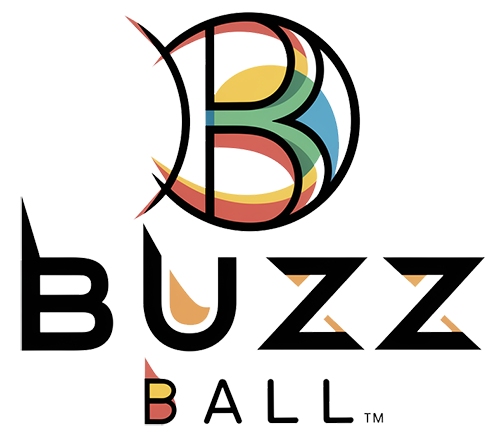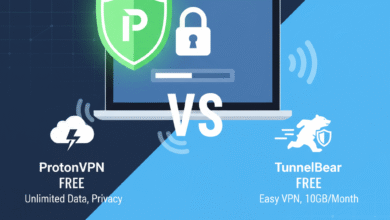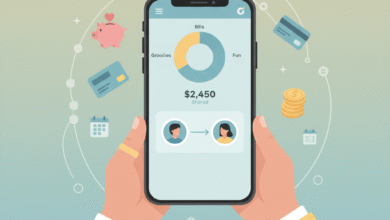
TikTok Ads are changing the digital marketing game, and there could be no more aggressive platform on which to engage an audience. Emerged as one of the best tools in the marketers’ arsenal to engage consumers in novel ways, TikTok has over 1 billion active users worldwide. This blog goes deeper into why TikTok ads work, the types available, tips for creating effective ads, and how you can measure the success.
Why TikTok Ads Work
TikTok Ads are effective because they harness the platform’s full potential to engage users with creative, short videos. These ads blend into the user’s experience, so they are much less intrusive and therefore appealing compared to other traditional ad formats. Here is why TikTok Ads work so effectively:
High Engagement Rates: An average TikTok user spends 52 minutes each day on this platform. It allows a lot of views and interactions for the ads.
Creative Freedom: This platform opens the door for great creativity in the sense that different brands can experiment with different styles, effects, and formats to create captivating content.
Targeted Advertising: With an advanced algorithm, TikTok ensures appropriate audience targeting with the ad, raising the ad interaction and eventual conversion.
There are several types of TikTok Ads, each catering to different marketing goals and strategies. Understanding these formats can help you choose the best option for your campaign.
- In-Feed Ads: These standard video ads appear in a user’s feed as they scroll through content. They can be up to 60 seconds long and support multiple calls to action (CTAs), such as app downloads or website visits.
- Brand Takeovers: These full-screen ads appear when a user first opens the app, making an immediate impact. Due to their premium placement, they are limited in availability.
- TopView Ads: Similar to Brand Takeovers, these ads are full-screen and appear as the first in-feed post after three seconds. They combine the immersive nature of Brand Takeovers with the organic feel of In-Feed Ads.
- Branded Hashtag Challenges: These ads encourage user-generated content by prompting users to participate in a challenge related to a brand’s hashtag. This format is highly effective for driving engagement and virality.
- Branded Effects: These include custom stickers, filters, and special effects that users can incorporate into their videos, promoting organic interaction with the brand.
Creating Effective TikTok Ads
Creating effective TikTok Ads requires a blend of creativity, strategy, and an understanding of the platform’s unique culture. Here are some tips to help you craft compelling TikTok Ads:
- Understand Your Audience: TikTok’s user base is predominantly young, with a significant portion of users under 30. Tailor your content to appeal to this demographic by keeping it fun, trendy, and authentic.
- Embrace Creativity: TikTok thrives on creativity. Use music, effects, and storytelling to make your ad stand out. Don’t be afraid to experiment with different formats and styles.
- Keep It Short and Sweet: Attention spans are short on social media, so ensure your message is clear and concise. Aim for a duration of 15-30 seconds for maximum impact.
- Use Strong CTAs: Encourage users to take action by incorporating clear and compelling CTAs. Whether it’s visiting your website, downloading an app, or participating in a challenge, make sure the next step is obvious.
- Leverage Trends: Stay updated with the latest TikTok trends and incorporate them into your ads. This helps your content feel more relevant and engaging.
Measuring Success
The effectiveness of your TikTok Ads can only be measured from one point: optimization of future campaigns. TikTok Analytics provides an in-depth measurement through plenty of different metrics, among which are:
Impressions: This is the number of times your ad was served.
Engagement: The level of interaction with your ad that includes likes, comments, shares, and clicks.
Click-Through Rate (CTR): The percentage of users who clicked on your ad after seeing it.
Conversion Rate: The number of users who complete a certain action in relation to the number of the total users who visited the website.
Regularly monitoring these metrics allows you to make data-driven decisions and refine your advertising strategy.
Best Practices for TikTok Ads
To maximize the effectiveness of your TikTok Ads, consider these best practices:
- Authenticity Over Perfection: TikTok users value authenticity. Ads that feel genuine and relatable tend to perform better than overly polished or commercialized content.
- Collaborate with Influencers: Partnering with popular TikTok influencers can help amplify your message and reach a wider audience. Influencers can add credibility and authenticity to your brand.
- Test and Optimize: Continuously test different ad formats, creatives, and targeting options to see what works best. Use the insights gained to optimize your campaigns for better performance.
Conclusion
TikTok Ads are a modern and potent way of bringing brands to innumerable, massive, and engaged audiences. Creativity is key, as it takes full advantage of the culture of the platform, whereas target advertising takes campaigns to a higher level of relevance. From small businesses trying to just create brand awareness to the giant corporate eyeing conversions, TikTok Ads are versatile and effective for all your marketing needs.
Even more reason to hop on this wagon of TikTok ads, tapping into this enormous potential for viral marketing. It’s not a trend, but an innovation in the domain of digital advertising, and this fact could really change any game around. Start experimenting with TikTok ads now and watch your brand presence soar high.





Your post discusses the potential of starting a virtual event planning or coordination service, helping individuals or businesses organize and host successful online events. It’s a unique service with money-making potential. To delve deeper, click here.